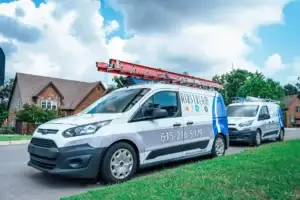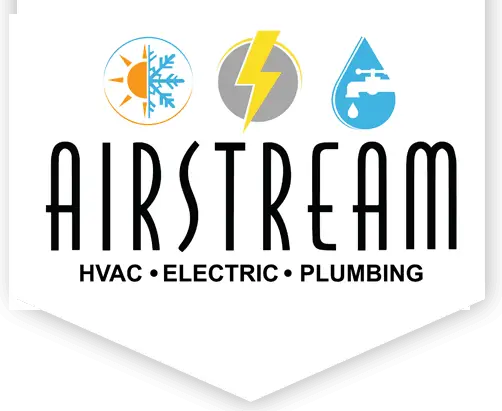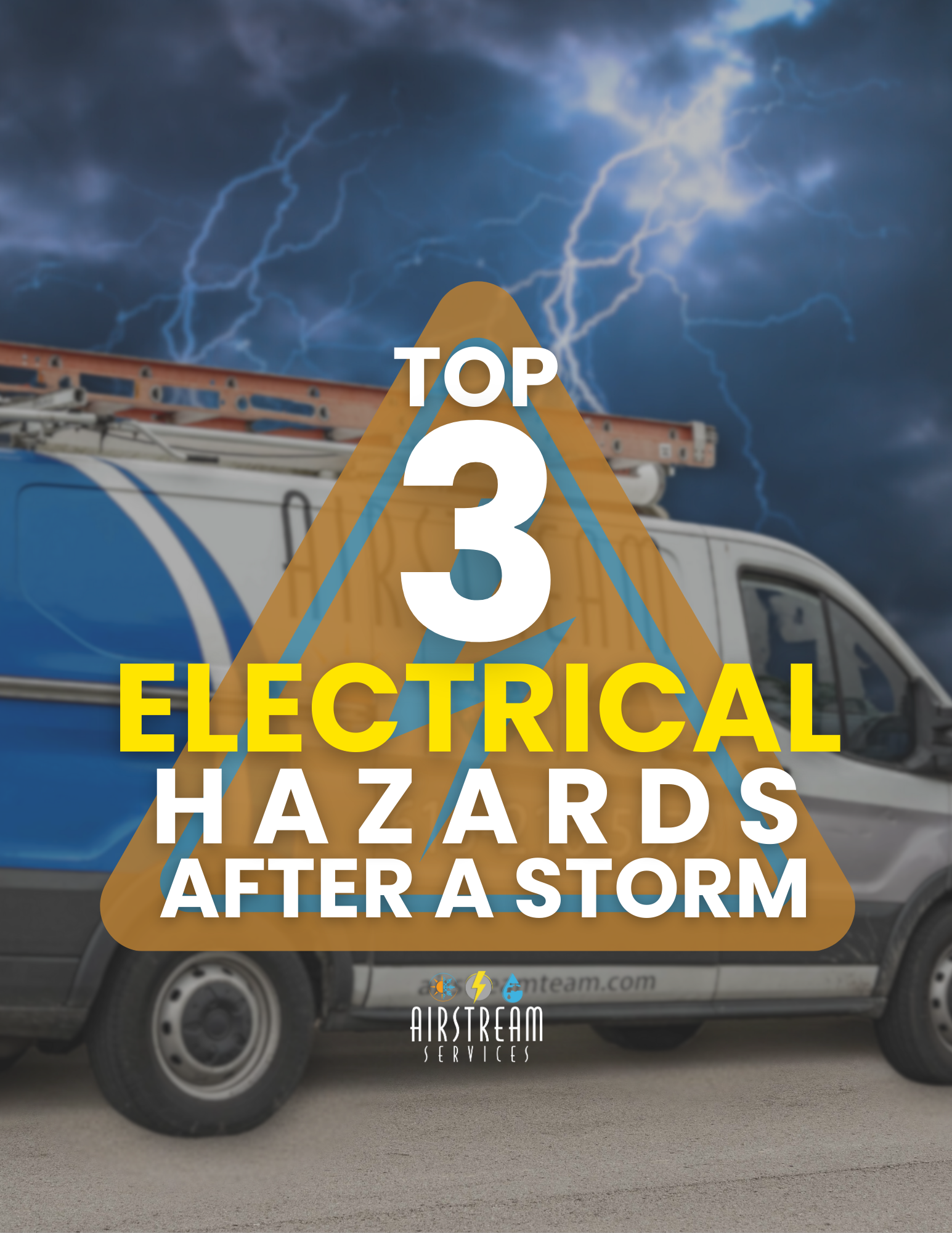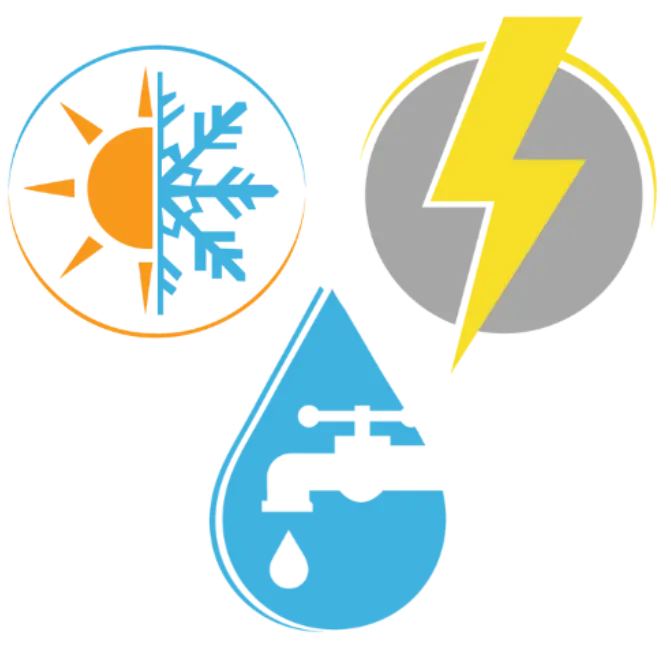
Fall HVAC Maintenance Tune-Up Checklist: Is Your AC & Furnace Ready for Fall?
As temperatures dip, an ac maintenance checklist becomes your guard against high energy bills and unexpected breakdowns. In this guide, you’ll discover how to prepare your air conditioner for fall, ensure your heating system is winter-ready, spot common HVAC issues, know when to enlist professional HVAC service Middle Tennessee experts, and boost home energy efficiency. Read on for actionable steps, from air filter care to duct sealing, that safeguard comfort and savings all season long.
What Are the Essential Steps to Prepare Your AC for Fall?
Preparing your AC for fall means inspecting core components, cleaning debris, and optimizing controls to maintain airflow and energy savings. By replacing filters, calibrating your thermostat, and protecting outdoor units, you ensure efficient performance as the season changes.
How Do You Inspect and Replace Your Air Filter for Better Air Quality?
Inspecting and replacing your air filter prevents dust buildup, maintains airflow, and improves indoor air quality.
- Locate the filter housing and remove the old filter.
- Compare the MERV rating on the replacement filter to manufacturer recommendations.
- Slide in the new filter following airflow arrows.
- Mark your calendar to repeat every 90 days.
Clean filters reduce strain on the blower motor and set the stage for precise thermostat adjustments.
Air Filter Importance
Regularly replacing air filters is crucial for maintaining good indoor air quality and ensuring the efficient operation of your HVAC system. Clean filters prevent dust buildup, which can strain the blower motor and lead to higher energy consumption. It is recommended to replace air filters every 90 days to maintain optimal performance.
U.S. Environmental Protection Agency, “Indoor Air Quality” (2024)
What Are the Best Thermostat Settings for Fall Energy Efficiency?
Optimizing thermostat settings balances comfort and savings by automatically lowering heat demand when you’re away.
Consistent setbacks reduce heating costs without sacrificing warmth, which leads smoothly into outdoor unit care.
Thermostat Settings for Energy Efficiency
Optimizing thermostat settings can significantly reduce energy consumption and lower heating costs. Setting the thermostat to 68–70°F when occupied, implementing a 5–7°F setback when unoccupied, and using a night setback range of 60–65°F can balance comfort and energy savings. Consistent setbacks reduce heating costs without sacrificing warmth.
Department of Energy, “Energy Saver: Heating” (2023)
How Should You Clean and Protect Your Outdoor AC Unit?
Cleaning and covering your outdoor AC unit prevents coil corrosion and blockages, preserving heat-exchange efficiency.
- Power off the system at the breaker.
- Remove leaves, sticks, and grass from around the condenser.
- Use a soft brush to clear fins and spray down the unit.
- Install a breathable cover to shield against winter moisture.
A debris-free outdoor unit supports healthy airflow and readies your HVAC system for colder months.
How Can You Ensure Your Heating System Is Ready for the Cold Season?
Ensuring your heating system is winter-ready involves testing ignition, checking heat exchangers, and verifying refrigerant levels for heat pumps. Proactive fall service maximizes safety, longevity, and performance before freezing weather arrives.
What Are the Key Furnace Tune-Up Tasks to Perform in Fall?
A furnace tune-up detects issues early, improves combustion efficiency, and extends system life.
- Inspect and clean the burner assembly and heat exchanger.
- Verify pilot light stability or electronic ignition functionality.
- Lubricate motors and check belt tension.
- Examine flue and venting for obstructions or corrosion.
These steps prevent mid-winter breakdowns and pave the way for efficient heat pump service.
How Do You Service a Heat Pump for Fall Efficiency?
Fall heat pump service ensures smooth reversal between cooling and heating modes, safeguarding refrigerant flow and compressor health.
- Clean evaporator and condenser coils.
- Inspect refrigerant lines and tighten connections.
- Test defrost cycle and reversing valve operation.
- Check electrical connections and measure current draw.
A well-serviced heat pump delivers consistent warmth and readies the system for peak winter demand.
What Common Fall HVAC Problems Should Homeowners Watch For?
Recognizing typical fall HVAC faults—like restricted airflow or miscalibrated controls—lets you address small issues before they escalate into costly repairs and downtime.
How Do Dirty Filters and Clogged Drains Affect Your HVAC System?
Dirty filters trap debris, reduce airflow, and force blowers to work harder, while clogged condensate drains risk water damage and microbial growth.
- Reduced airflow increases energy consumption by up to 15%.
- Overflowing drain pans can trigger automatic shutdowns.
What Are Signs of Thermostat Malfunctions and Refrigerant Leaks?
Thermostat faults and refrigerant leaks undermine temperature control and system efficiency.
- Inconsistent temperature holds or sudden cycling indicate calibration errors.
- Hissing sounds, ice buildup, or poor heating suggest low refrigerant levels.
Identifying these symptoms early leads into the benefits of professional fall maintenance.
When Should You Schedule Professional HVAC Maintenance for Fall?
Scheduling professional fall HVAC service Middle Tennessee providers in September or October ensures thorough inspection before winter load, maximizing system reliability and safety.
What Are the Benefits of a Professional Fall HVAC Tune-Up?
Professional tune-ups improve efficiency, extend equipment lifespan, and enhance safety through expert diagnostics.
- Optimize refrigerant charge and airflow for peak energy savings.
- Detect and seal minor duct leaks, boosting comfort.
- Verify carbon monoxide safety and electrical integrity.
These advantages yield lower bills and peace of mind through winter.
What Can You Expect During a Professional HVAC Service Appointment?
During a fall service visit, technicians will follow a comprehensive checklist to assess and adjust your system.
Understanding the scope of professional care clarifies when DIY ends and expert assistance begins.
How Can You Improve Your Home’s Energy Efficiency This Fall?
Fall energy upgrades—from duct sealing to smart thermostats—reduce heating costs and enhance indoor comfort throughout colder months.
Why Is Sealing Ductwork and Air Leaks Important for Fall HVAC Efficiency?
Sealing duct joints and home envelope leaks stops conditioned air loss, preserving system capacity and lowering bills.
Eliminating leaks ensures your HVAC system delivers heat where it’s needed, setting up directed energy-saving habits.
What Energy-Saving Habits Help Reduce Heating Costs in Fall?
Adopting simple routines further trims energy use and supports HVAC longevity:
- Close vents in unused rooms to focus heating where occupied.
- Lower the thermostat 7–10°F when away to save over 10%.
- Reverse ceiling fans to distribute warm air.
- Inspect and replace weather stripping on doors and windows.
Consistent habits compound savings and integrate seamlessly with professional tune-ups for maximum fall HVAC efficiency.
With these steps, your AC and heating system transition smoothly between seasons, safeguarding comfort, safety, and savings all year long.
Don’t wait until winter strikes—schedule your fall HVAC tune-up with Airstream Services today. Our expert technicians ensure your heating and cooling systems are ready for anything Tennessee weather brings.



